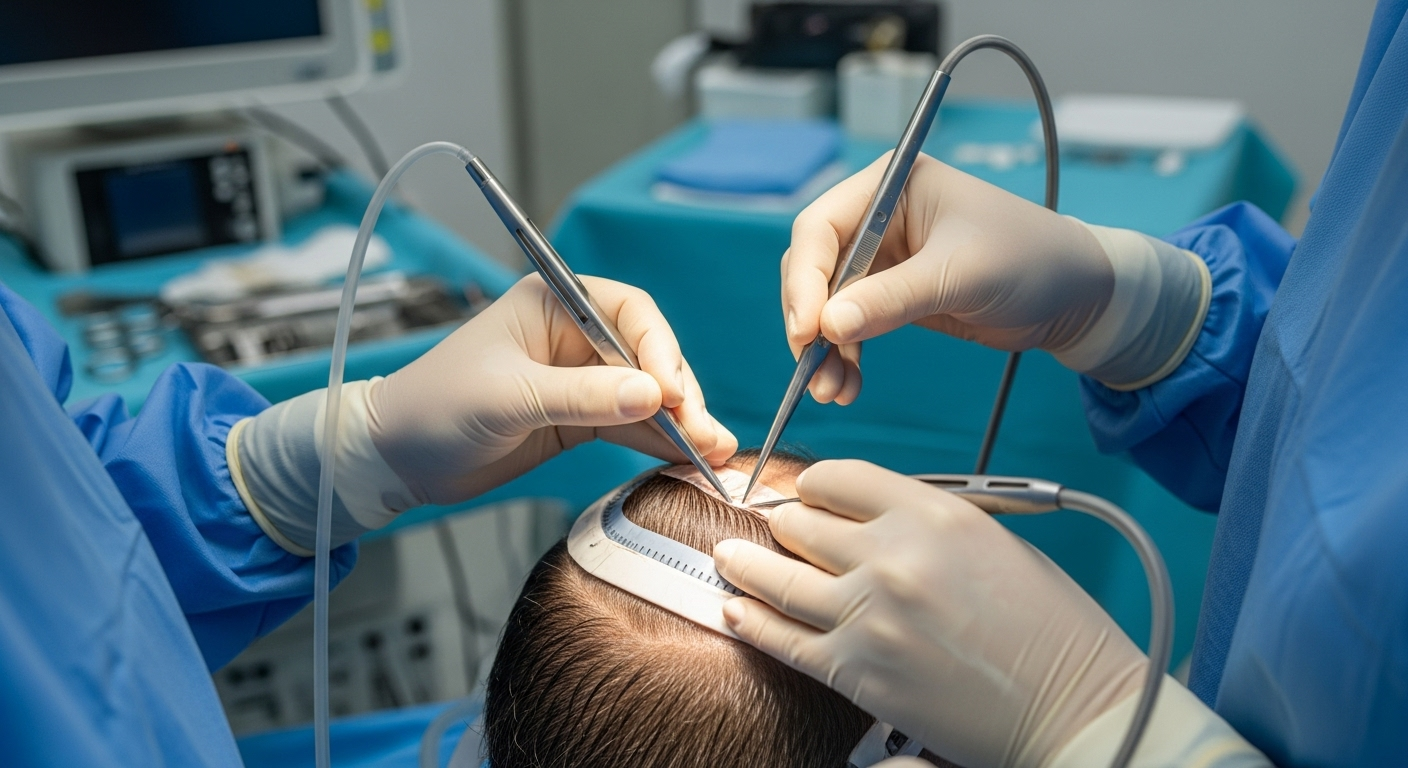Rhinoplasty Demystified: Complete Guide to Nose Surgery
Rhinoplasty, commonly known as a nose job, reshapes the nose for cosmetic balance or improved breathing. This comprehensive guide explains why people choose nasal surgery, how different techniques work, what recovery looks like, potential risks, and the cost factors to consider before booking a consultation.

Rhinoplasty is a surgical procedure aimed at changing the nose’s shape, correcting breathing issues, or both. Whether performed to refine appearance, repair trauma, or address congenital defects and airway problems, nasal surgery ranks among the most frequently requested cosmetic procedures worldwide. Careful surgical planning and an experienced surgeon are essential to achieve safe, functional, and aesthetically pleasing results.
Why people choose rhinoplasty
Individuals pursue rhinoplasty for many reasons, often combining functional and aesthetic goals:
-
Restoring or improving airflow: Structural problems such as a deviated septum, weakened nasal valves, or internal scarring can obstruct breathing. Rhinoplasty can correct these issues to enhance nasal function and comfort.
-
Repairing injury or congenital differences: Broken noses, sports injuries, or birth-related asymmetries can be addressed to return both form and function to the nose.
-
Enhancing facial balance: Many patients want to change the nose’s size, bridge profile, tip projection, or symmetry so their facial features look more harmonious and confidence improves.
Choices about rhinoplasty are highly personal. A detailed consultation with a qualified specialist helps define realistic goals, evaluate nasal anatomy, and recommend the most appropriate surgical plan.
How rhinoplasty is performed
Rhinoplasty is typically an outpatient operation done under general anesthesia. Procedure length varies with complexity, commonly lasting between one and three hours.
Surgeons use two main approaches:
-
Open rhinoplasty: A small incision is made across the columella (the tissue between the nostrils). This provides broad exposure of internal structures and is often preferred for major reshaping or revision cases.
-
Closed rhinoplasty: All incisions are made inside the nostrils, leaving no external scar. This method can be effective for more limited adjustments.
During surgery, the surgeon modifies bone, cartilage, and soft tissues to achieve the desired shape and function. Autologous grafts—cartilage taken from the septum, ear, or rib—may be used to reinforce or augment nasal structures when needed.
Selecting the right surgeon
Choosing the appropriate surgeon is one of the most important decisions for a successful outcome. Consider the following criteria:
- Board certification in plastic surgery or otolaryngology (ENT) with specific rhinoplasty experience.
- A portfolio of before-and-after photos showing cases similar to your goals.
- Positive patient reviews that reflect both surgical outcomes and quality of care.
- Membership in recognized professional organizations, which suggests ongoing education and adherence to standards.
- Clear, honest communication about anatomy, realistic expectations, risks, and a personalized surgical plan.
A skilled rhinoplasty surgeon blends technical knowledge of nasal structure with an aesthetic sensibility and an emphasis on preserving or improving nasal function.
Recovery: timeline and practical tips
Recovery varies among patients, but a typical progression includes:
- Immediate post-op: Most patients return home the same day. Surgeons often place internal splints or packing and an external splint to protect the nose.
- First week: Expect swelling and bruising around the nose and eyes. External splints are commonly removed after 5–7 days.
- Weeks 2–3: Swelling and discoloration become less noticeable, and many people feel ready to resume work or school.
- Months 1–3: The nose gradually refines as tissues adapt and heal.
- Up to one year: Subtle changes continue as residual swelling resolves and the final shape emerges.
During recovery, avoid heavy lifting, strenuous exercise, contact sports, and any activity that risks impact to the nose. Follow your surgeon’s post-operative instructions carefully, attend follow-up appointments, and report any unusual symptoms promptly.
Potential risks and complications
All surgical procedures carry potential risks. Complications specific to rhinoplasty may include:
- Infection
- Excessive bleeding or hematoma
- Adverse reaction to anesthesia
- Cosmetic outcomes that may require revision surgery
- New or worsened breathing difficulties
- Skin irregularities, discoloration, or contour problems
- Visible or internal scarring
Selecting an experienced surgeon and adhering to pre- and post-operative guidance lowers the chance of complications, but patients should maintain realistic expectations and understand that revisions are occasionally necessary.
Cost considerations
Costs fluctuate depending on the surgeon’s expertise, geographic location, facility fees, anesthesia, and the complexity of the operation. Below is a general overview of price ranges in the United States.
| Provider Type | Average Cost Range | Additional Fees |
|---|---|---|
| Board-Certified Plastic Surgeon | $5,000 - $15,000 | Anesthesia, facility fees |
| ENT Specialist | $4,000 - $12,000 | Anesthesia, facility fees |
| Cosmetic Surgery Center | $3,500 - $10,000 | May include all fees |
Prices, rates, or cost estimates mentioned in this article are based on the latest available information but may change over time. Independent research is advised before making financial decisions.
Final thoughts
When performed by a qualified specialist, rhinoplasty can deliver meaningful improvements in both nasal function and facial appearance. A thoughtful consultation, realistic expectations, careful surgeon selection, and strict adherence to recovery instructions are key to a satisfying outcome. If you’re considering nasal surgery, seek a board-certified surgeon who evaluates both cosmetic goals and breathing function and provides a tailored treatment plan.
This article is for informational purposes only and should not be considered medical advice. Please consult a qualified healthcare professional for personalized guidance and treatment.






